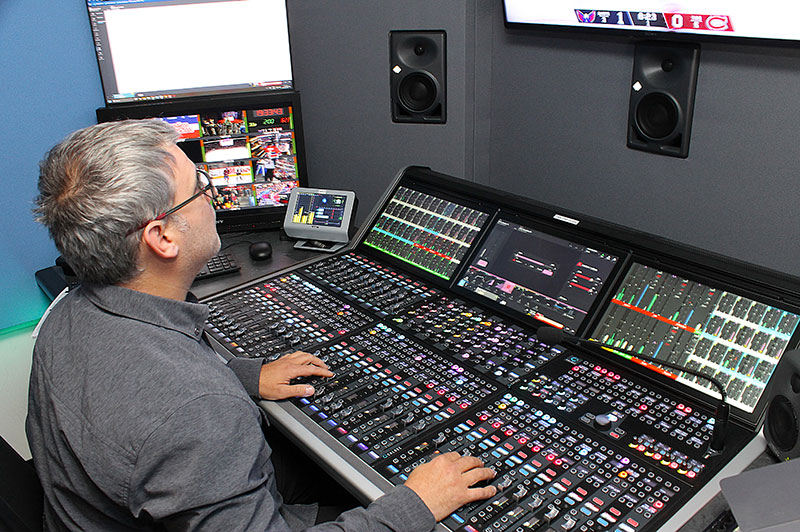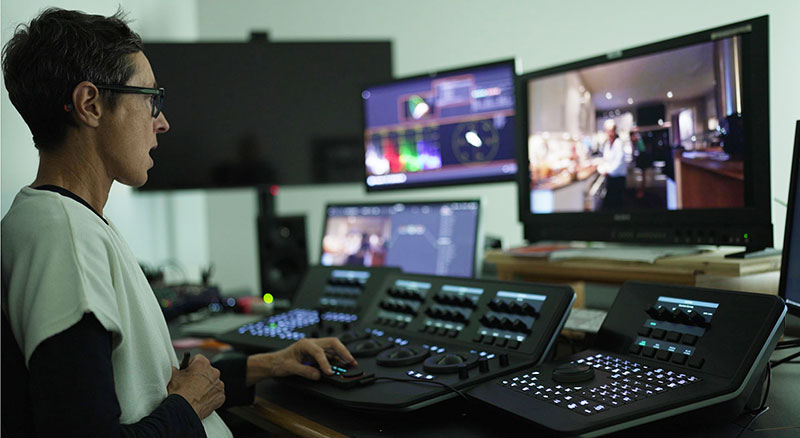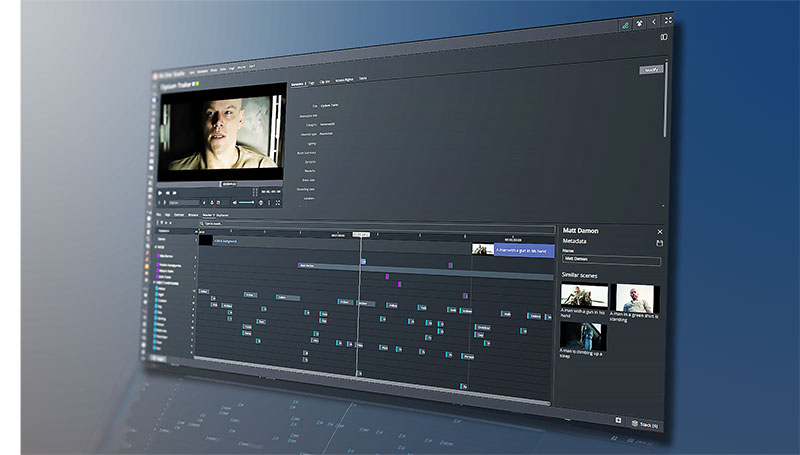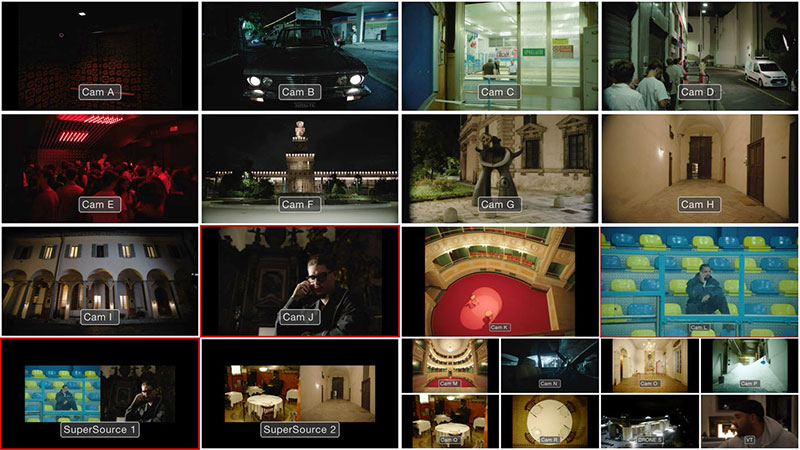TV Anhanguera and Pebble designed centralcast playout allowing management of multiple stations from a single facility while maintaining distinct programming for each audience.
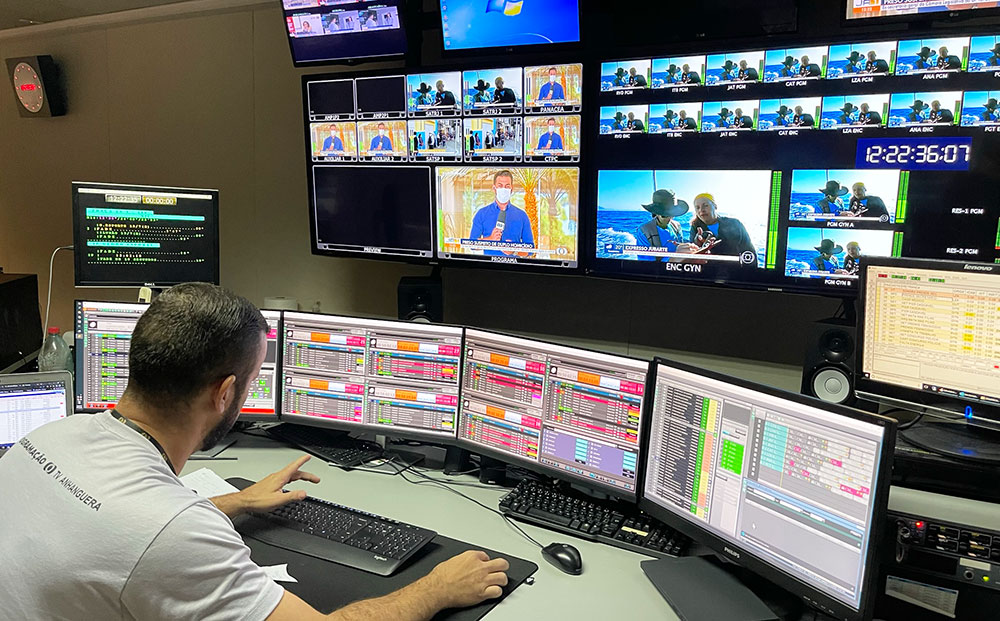
TV Anhanguera, a television network headquartered in Goiânia, Brazil, operates 11 TV channels, all affiliated with TV Globo, the largest free-to-air television network in the country. Recently, its legacy servers reached their end-of-life stage, which meant making decisions that many other broadcasters worldwide are facing ahead of their next investment in content delivery infrastructure.
TV Anhanguera's requirement was to implement a centralcast playout system that would allow the network to manage multiple individual stations from a single facility while maintaining distinct programming for each channel's audience. Centralcasting automation operates on the assumption that, between the channels, the majority of the content will be similar and can be handled consistently across the station group.
The network also needed a system that would automate the customised portion of each station's content playout while simplifying its operations and optimising costs. Finally, as part of a larger plan to improve its overall infrastructure, it was planning to renew its master control system at the same time.
Centralised Automation
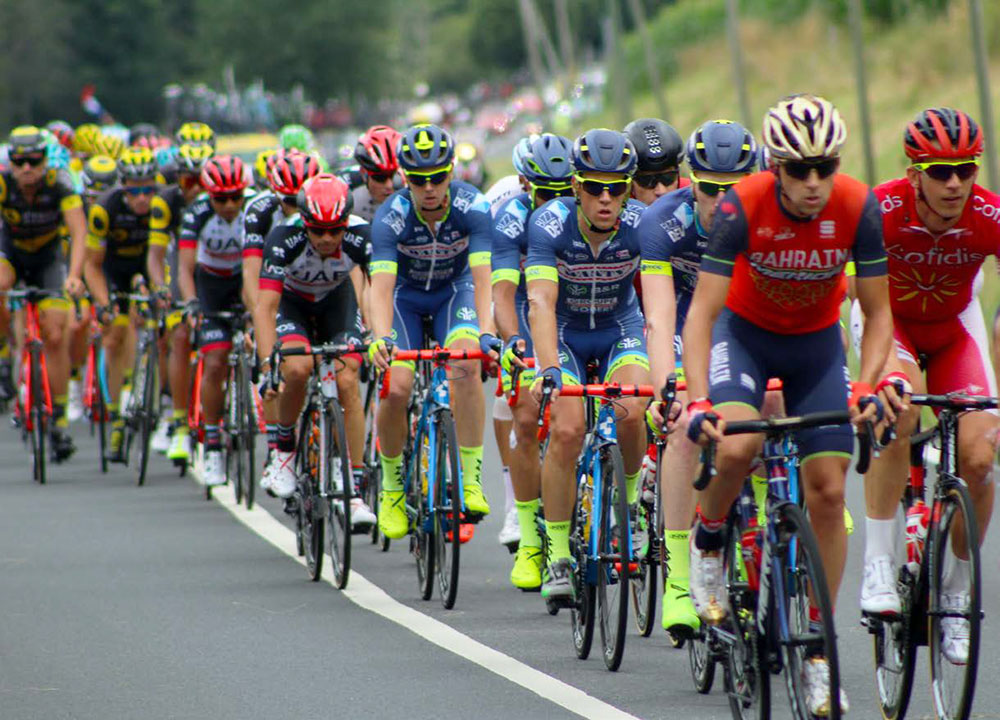
As part of its overall brief, TV Anhanguera made a strategic decision to modernise its operations through the use of software-defined systems. the company evaluated various options, approaching local systems integrator Videodata in Sao Paulo to help find and supply equipment and systems capable of automating the customised playout from its central facility. They selected Pebble Automation, Pebble Integrated Channel and Pebble Remote to orchestrate Master Control of its centralcasting architecture.
Using the Pebble Automation platform’s distributed architecture, TV Anhanguera can utilise resources over multiple servers, to adapt resources and content as circumstances change. The platform is built around centralised ingest and content management, and suits multi-channel applications. With a range of device drivers, the network can deploy the equipment that best fits the needs of each channel, from the legacy SDI devices that formerly handled channel playout, to newer IP systems as they add them to the facility.
Software-Defined Systems
The Pebble Integrated Channel’s signal processing capabilities replicate traditional broadcast playout functionality in software. TV Anhanguera can customise its channels with multiple content formats, complex graphics and live inserts, giving the viewers of each channel an immersive, engaging experience.
Understanding that channels may need to change throughout the lifetime of the installation, the system includes a channel designer for customising software-defined channels by selecting functional processes from a list, and by specifying the order in which processing happens, such as graphics overlay, DVE, ARC and audio shuffling. Channel designs can be saved and recalled as required.

The final part of the set-up, the Pebble Remote tool is web based monitoring, management and control for the network’s new automation environment. Helping to maintain efficiency and security, this tool works both inside and outside the normal transmission environment, and means the operators can manage their channels from anywhere.
Better Prepared
CTO at TV Anhanguera Luis Duarte said, “Moving to a more modern, flexible and future-ready platform has transformed our broadcast operations. With up to date channel customisation and media orchestration, and the ability to manage our channels remotely, we're better prepared to move ahead in the evolving media landscape.”
The user interface requires only minimal training to set up, and user-defined layouts are available to stanadardise certain operations across the company. The Smartpanel part of the UI isolates frequently used features with dedicated buttons, for instance, to display or remove a station ident or a logo, or instantly switch on-air sources, making operators more responsive and agile. The playlist is flexible as well – for time-strategic planning across the eight channels, changes can be made on the fly and close to air.
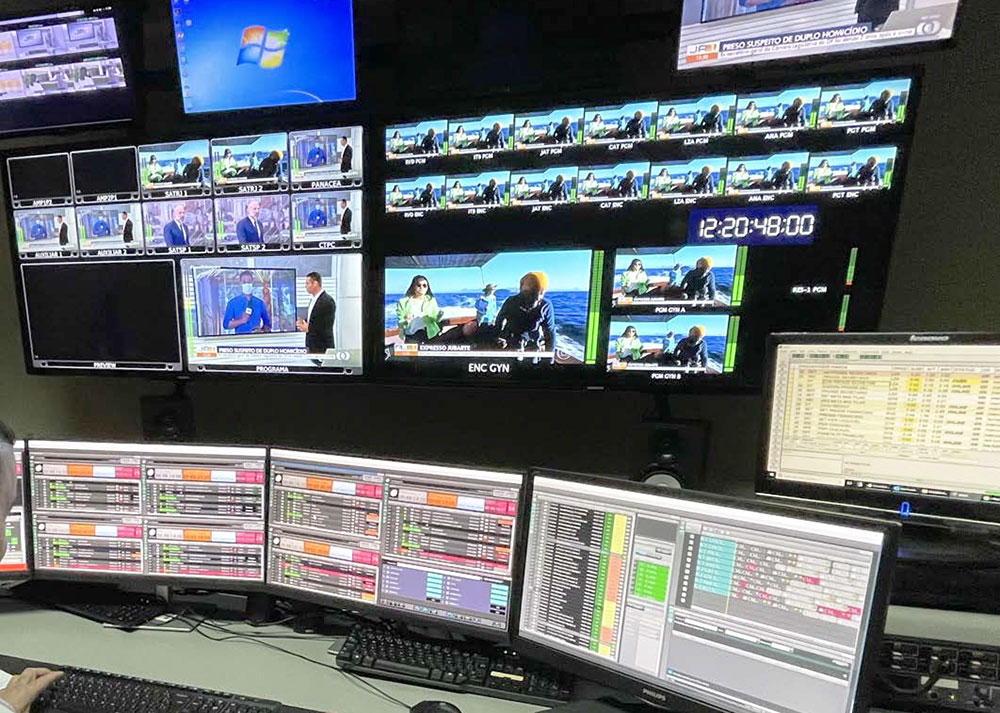
Media orchestration, which can be challenging to separate from a dedicated hardware platform due synchronisation and timing requirements, has been improved, and approval workflows have been changed or replaced to emphasise air content safety. For instance, high-res previewing is now allowed for media approval and markups, and automated media transfers have reduced manual processes, freeing staff for more creative tasks. www.pebble.tv













